 |
 |
MOMORDICA CHARANTIA L. - BITTER MELON.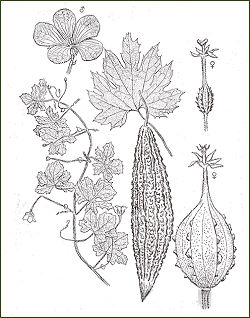 Common name
Common nameAampalaya, arsorossie, balsam pear, balsamapfel, balsamina, balsamini longa, bitter melon, bittere meloen, bittergourd, karela, ku gua foo, mara, muop dang, pomme de merveille, pomo balsamo, pare, peria, sopropo, tsuru reishi. Family Cucurbitaceae (Gourd family). Overview Also known as Chinese bitter melon, this herbaceous tropical vine is a tender perennial. The fruit is edible when harvested green and cooked. The taste is bitter. Bitter melon has twice the potassium of bananas and is also rich in vitamin A and C. It is a monoecious climber with dark green, deeply lobed leaves with hairs on it. The dioeciously flowers are yellow and the fruits oblong and lumpy with a light green to greenish-white, waxy skin. The fruit is a favorite in the Surinam cuisine. Bitter melon seems to be supportive in HIV; several proteins (such as alpha - and beta momocharin) have HIV inhibitory effects in vitro. However, they are not cytotoxic. Medicinal applications 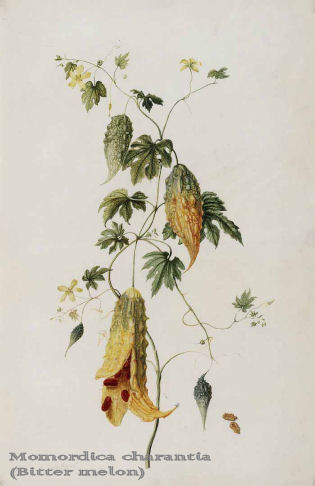 Lectins from Bitter melon have shown good antilipolytic - and lipogenic activity.
Lectins from Bitter melon have shown good antilipolytic - and lipogenic activity.Map 30 is a specific protein in bitter melon, that is useful in handling HIV infection. There is another smaller variety Balsam apple (M. balaminal), which has seeds surrounded by a bright red pulp. These seeds are small and black. The juice of this plant appears to be abortifacient. In traditional Chinese medicine, the vegetable is used as an appetite stimulant and as a therapy for gastrointestinal infection and against cancer (breast). Bitter melon is also hypoglycemic (has blood sugar - lowerering effects). It is very effective against type 2 diabetes and has no known side effects. It has been proven to increase the number of beta cells (those which produce insulin) in the pancreas and is natural support for diabetics. Certain components of Bitter melon resemble the chemical structure of the hormone insulin, needed to keep the blood sugar level in balance. Bitter melon is just as adequate as the prescription-only drug Glibenclamide (Glyburide) at reducing blood sugar levels but without causing any adverse effects. Suriname's Traditional Medicine This plant has many therapeutic properties. Bitter melon is used against fever, stomachache, diabetes - mellitus and hypertension. For more details on the phyto-chemistry and pharmacology of Bitter melon: go to "MEDICINE FROM NATURE page". For more information go to the APPLICATIONS & DOSAGE page. Visit also our CHOLESTEROL -, DIABETES - , HYPERTENSION - and TINCTURE pages. Hardiness USDA zone 9 - 11. Propagation Seeds. Culture Full sun / light shade; rich moist soil. Plant in frost free areas since bitter melon is very sensitive to frost. Do not water too much. In cooler climates start planting in pots 6 weeks before the frost free date; transplant when there is no more danger of frost. |
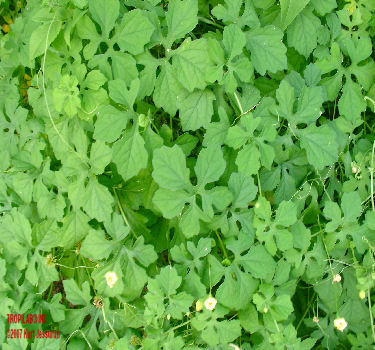
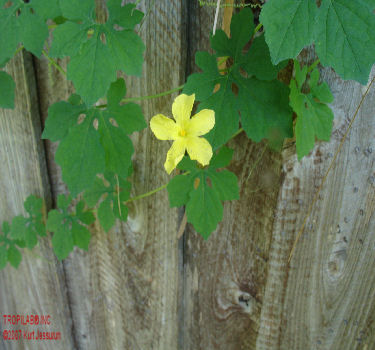
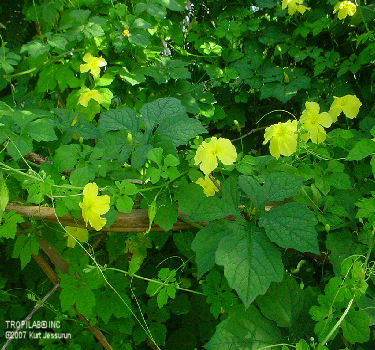
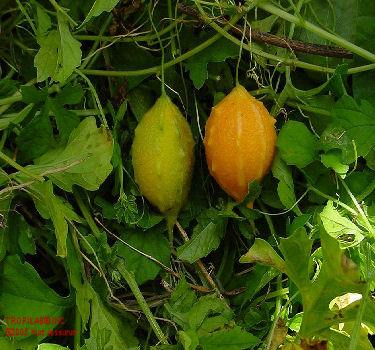
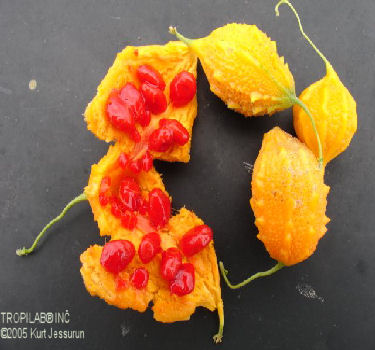
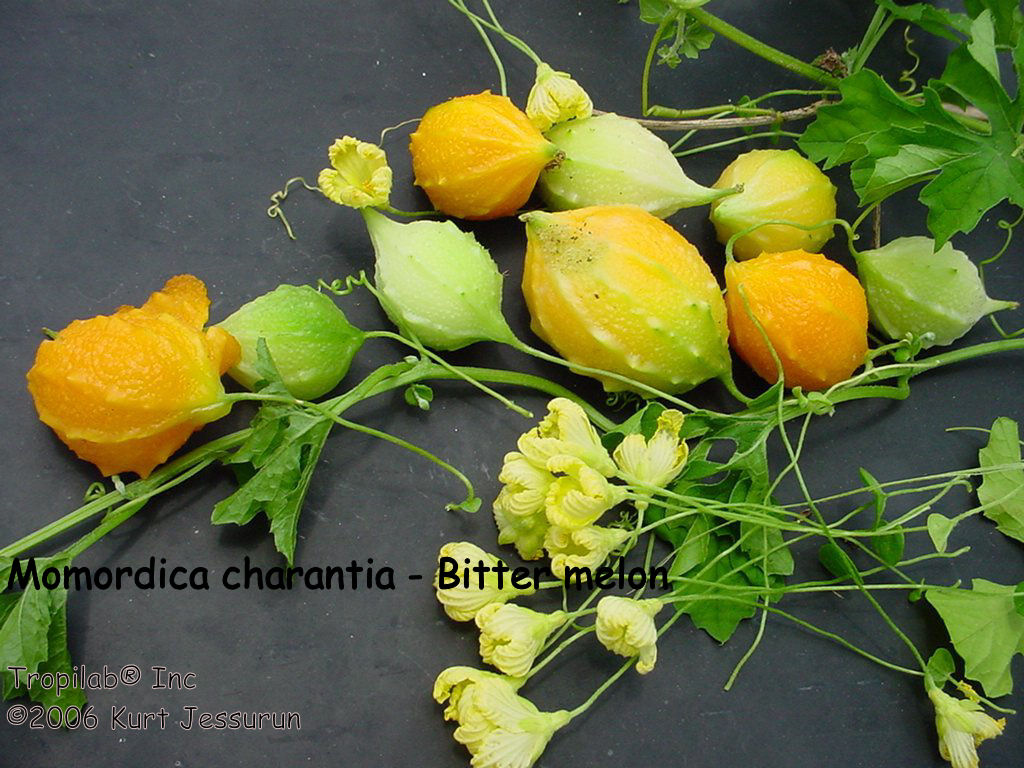
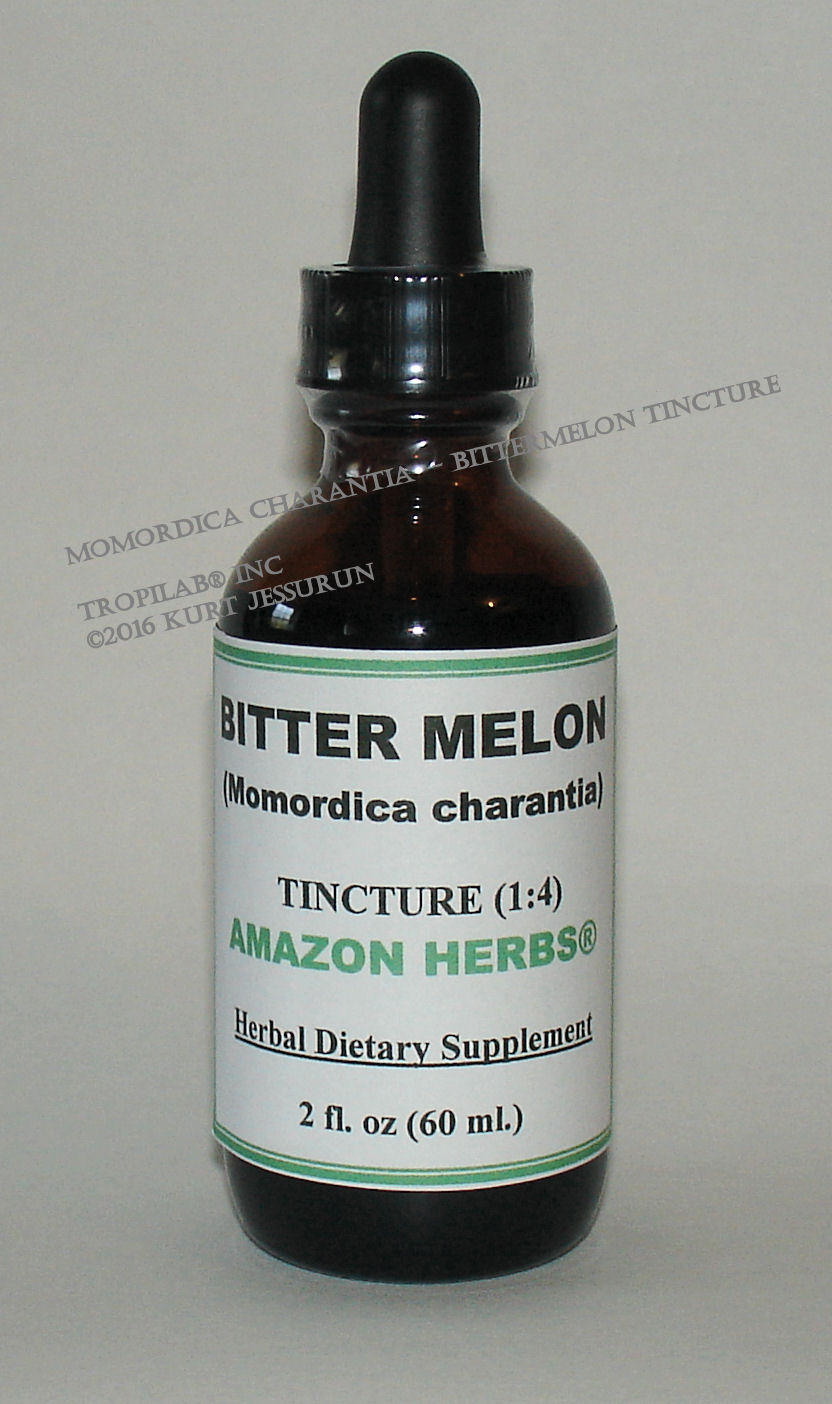
|
For the right freight rate, shipping charges, conditions and delivery service, please visit our Webstore page! |